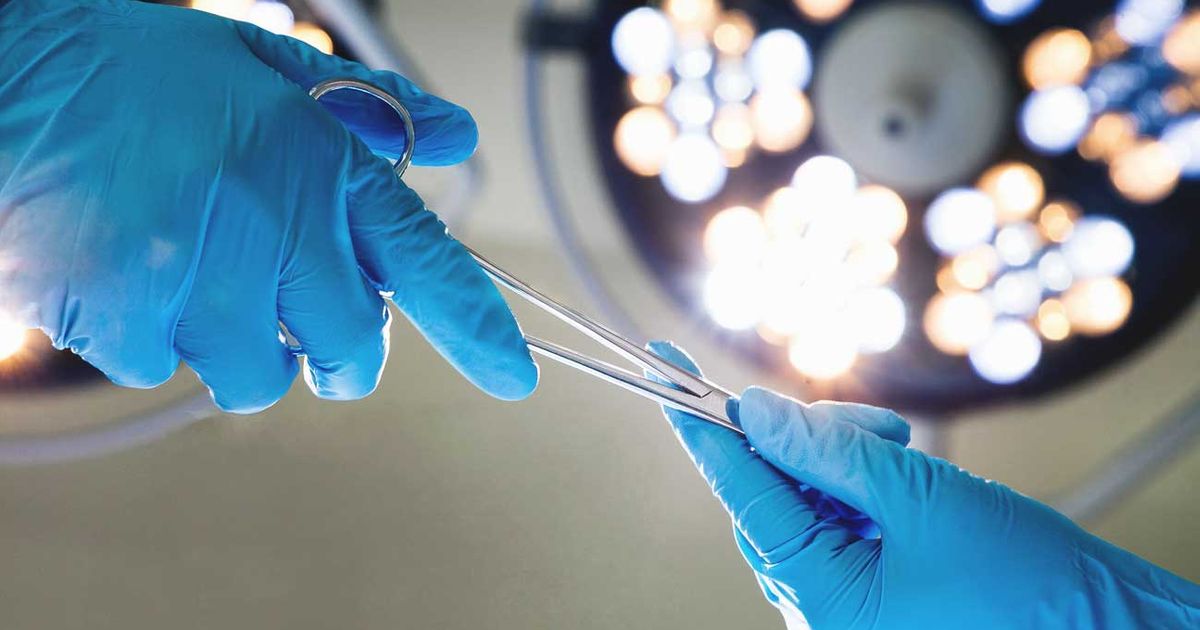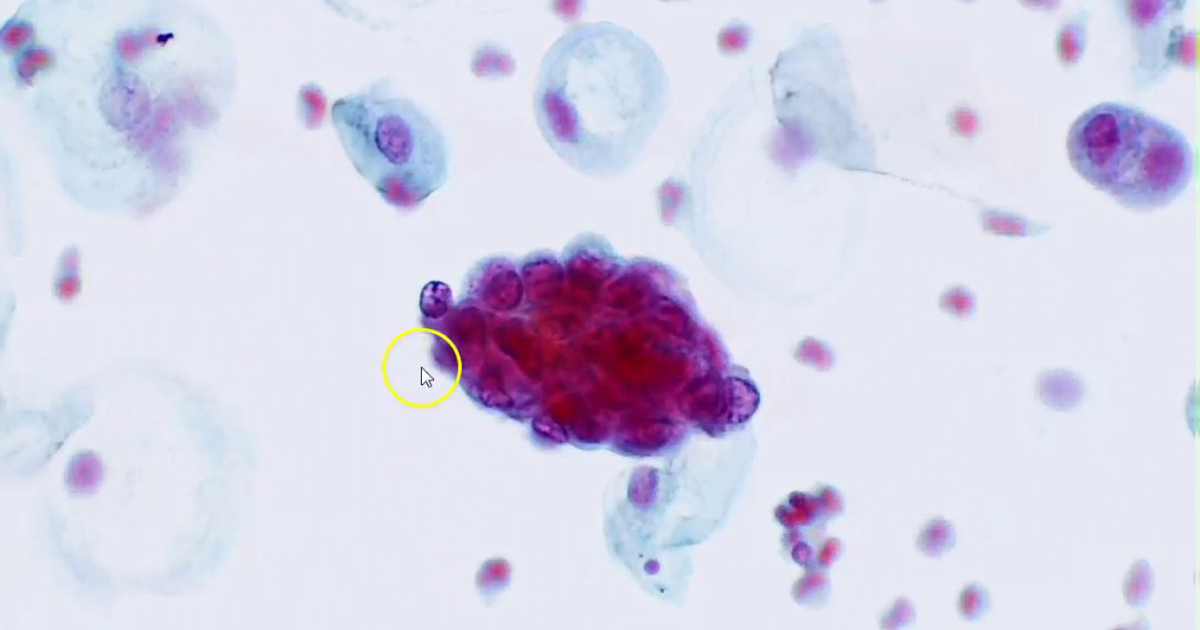Causes Of Endometriosis
Endometriosis is a serious medical condition that affects millions of women, and many of them don't even know they have it. The condition occurs when endometrial tissue is displaced from the uterus. This tissue follows the rules of the body's menstrual cycle by thickening, breaking down, and bleeding. But since it isn't located in the uterus, the tissue simply becomes trapped instead of exiting the body. Endometriosis has the potential to cause severe pain and fertility problems. There is not an exact cause known for endometriosis, unfortunately, and researchers aren't sure how endometrial tissue manages to migrate from place to place. But some explanations make sense.
Surgical Scarring

Many different surgeries involve the uterus and uterine lining, and two of the most common are C-sections and hysterectomies. After a woman has her uterus removed, it's possible there will be endometrial cells left behind. These cells might attach to the incision the surgeon made. Similarly, endometrial cells might attach to the C-section incision rather than remain in the uterus. The cells will thicken and bleed during the patient's main menstrual cycle, which can cause plenty of issues regarding the surgical scarring.
Continue reading to learn more about embryonic and endometrial cells next.
Embryonic And Endometrial Cells

Embryonic and endometrial cells are surprisingly related. Embryonic cells are cells in the earliest stage of development into a human being, and if a body detects embryonic cells, it will sometimes use high levels of estrogen to transform those cells into endometrial cell implants. The cells are liable to implant at any point in the reproductive system, including the ovaries and fallopian tubes. If they implant in the uterus, they should thicken and bleed with the rest of the uterine lining. This transformation of embryonic cells occurs most often when a girl is going through puberty. It's possible this is a defense mechanism for an underdeveloped body to avoid carrying a child.
Continue reading to learn about retrograde menstruation next.
Retrograde Menstruation

Retrograde menstruation occurs when menstrual blood with endometrial cells fails to flow out of the body. Instead, it flows through the fallopian tubes and collects inside the pelvic cavity. The displaced cells will then adhere to the pelvic walls and organs. The tissue grows and continues to thicken and bleed each time a menstrual cycle occurs.
This type of endometriosis is the most common cause of severe pelvic pain during periods. While a small amount of cramping is normal, huge amounts of pain are not. Going through cramps so bad you can't leave the house or throwing up from pain and nausea are big warning signs you have endometriosis.
Continue reading to learn how genetics might play a role in endometriosis.
Genetics

Genetics has the potential to increase an individual's risk of developing endometriosis. If someone in your immediate family has endometriosis, there's a good chance you might develop it as well. Additionally, hormonal developments like early puberty might be influenced by genetics. If you had your period at an unusually young age, especially if there is a family history of this, you might be at a higher risk of endometriosis.
High levels of estrogen can also increase your risk, along with estrogen exposure over long periods. If your metabolism causes you to have a low BMI, that's a genetic factor that might contribute to endometriosis. If any relative close to you has a medical condition preventing normal menstrual flow, you may have or develop the same disease, which may then lead to endometriosis.
Continue reading to uncover the link to autoimmune disorders.
Link to Autoimmune Disorders

Endometriosis has a link to autoimmune disorders, and the theory is this: if endometrial cells somehow migrate to a part of the body where they aren't supposed to be, the immune system should recognize them as an intrusion. It's then the immune system's job to destroy the cells and keep them from wreaking havoc on your system.
However, if the immune system can't recognize those cells are in the wrong place, or the immune system is too weak to break the cells down, more severe endometriosis might occur. The cells have free range to adhere to whatever organs they want, growing and multiplying and thickening your internal scar tissue as they do so.
Autoimmune disorders are not a direct cause of endometriosis, as they have nothing to do with how the endometrial cells end up in the wrong place, but they do affect the severity level of endometriosis. Comorbidity with autoimmune disorders and endometriosis is common for this reason.
